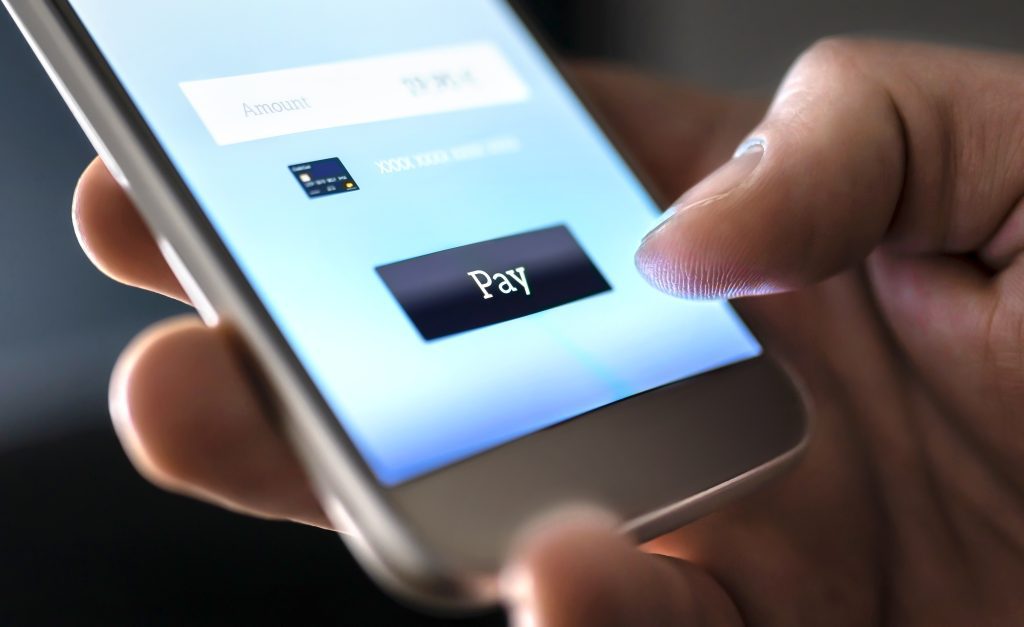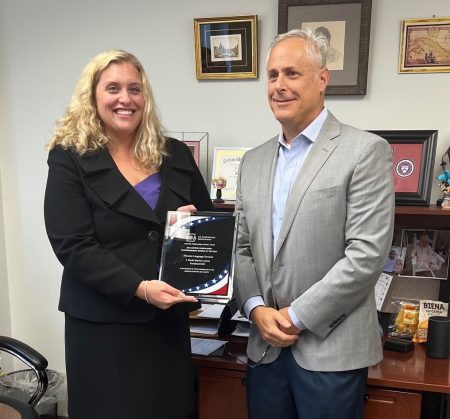By Kimberly Palmer | NerdWallet
Peer-to-peer payment applications like Venmo, PayPal, and Cash App have made it easier for college students to send money to friends. However, this convenience comes with risks, such as potential errors, fraud, and the tendency to spend too much.
As a result, payment apps can add to financial pressure during a time when young people are learning to handle their finances independently. Anne Lester, author of “Your Best Financial Life,” compares peer-to-peer payment apps to cash on steroids because they provide direct access to one's bank account. Lester explains that this makes spending effortless and also leaves people vulnerable to financial trouble if they trust the wrong individual, as retrieving the money can be challenging or impossible.
To ensure the safety of young users when using
payment apps , financial experts recommend taking additional precautions againstand overspending. scams Verify the recipient's details
One risk of peer-to-peer payment apps is mistakenly sending money to the wrong person. Nilton Porto, associate professor of consumer finance at the University of Rhode Island, advises being absolutely sure about the recipient when sending money, as it is very difficult to recover the funds once they have been sent. Porto also highlights that for college students on tight budgets, an erroneous payment could significantly impact their ability to cover essentials like rent and food, even if they eventually receive the money back.
To protect against fraud
, Porto recommends being cautious of unexpected urgent requests, even if they claim to be from a roommate. He suggests ignoring any requests received through the apps that include a link asking for personal information, as these could be scams.
Erin Lowry, author of the “Broke Millennial Workbook,” advises against downloading unfamiliar payment apps. She cautions against being an early adopter of a payment app due to its access to one's bank account.
As an extra measure, Lowry suggests connecting payment apps to a bank account that does not hold the majority of one's money, to minimize the risk in the event of an issue.
Adjust your privacy settings
“Default privacy settings are often public,” explains Amanda Christensen, an accredited financial counselor and extension professor at Utah State University. This means that a young adult’s transactions with friends or earnings from work may be visible to the public.
Christensen highlights that the social aspect of payment apps is where scammers can thrive since they can observe regular transactions. To modify who can view your activity in Venmo, for example, navigate to the “privacy” options in the app settings, such as public, friends, or private.
Earn a return elsewhere
Christensen recommends making it a habit to move any remaining money out of payment apps once a week. She advises against treating the app like a checking account and letting money sit there, suggesting to set a reminder in your phone.
Not only is money sitting in an app at risk of fraud, but it also doesn't earn interest as it could in a
savings account
. Jake Cousineau, author of “How to Adult” and a high school teacher, sees many young people getting paid for side jobs through these apps. Instead of promptly transferring the money into a savings account, they leave it there, missing out on potential interest. Payment apps also lack the protections from the Federal Deposit Insurance Corp. that come with bank accounts, he adds. Don’t forget to budgetThe convenience of payment apps can lead to overspending, notes Christensen. She suggests using cash occasionally for a week to reconnect with the feeling of spending money.
Cousineau advises not to let the ease of using these apps interfere with maintaining a detailed budget. Just because you can easily send money to a friend doesn't mean you should.
The apps might even be able to help. Porto says you can use the timeline of a payment app to help
track your spending
. Similar to a credit or debit card, you can review your history to determine what changes you might want to make in the future. “You can see where all the money went, which can be very powerful for college students,” he says. In other words, leverage the power of these payment apps to help you manage your money, instead of just spending it.This article was written by NerdWallet and was originally published by The Associated Press.
More From NerdWallet
Savings Goal Calculator
How to Stop Spending Money: 8 Ways to Resist the Urge
The article Apps like Venmo, PayPal and Cash App make sending money easy, but the convenience can leave senders vulnerable to fraud and overspending. originally appeared on NerdWallet.









